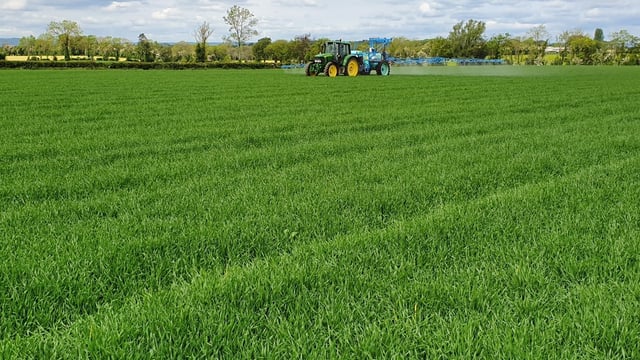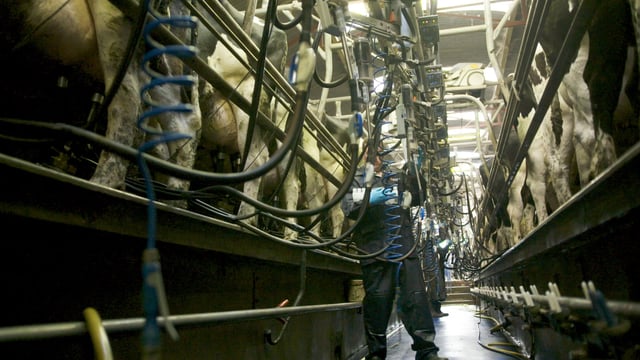Beef kill: Young bull supplies in decline but overall kills up
The opening six to eight weeks of the year and mid-summer tend to be the times of the year when young bull kills are highest, as under-24-month bulls and under-16-month bulls (respectively) generally come fit for slaughter at these times.
However, latest figures show this trend is continuing to decline.
In recent years, processors have been indicating a continued preference for steers as opposed to bulls, and while most or all factories are still customers for young bulls, the market preference remains for steer beef.
Despite declining young bull kills in the first three weeks of this year, overall cattle supplies have got off to a steady start with just over 35,000 head of cattle slaughtered at Department of Agriculture, Food and the Marine (DAFM)-approved facilities in the first two full-week kills of this year.
Week one of this year saw just over 29,000 head of cattle slaughtered at DAFM-approved factories, albeit, that week was a four-day kill at most sites.
Overall, finished cattle supplies have been ahead the same weeks of last year for each of the first three weeks of this year, with a cumulative total of just over 100,200 cattle slaughtered to date this year - up from just over 96,500 head slaughtered in the first three weeks of last year.
The table below gives an overview of the beef kill in week three of this year, versus the same week of last year and the total to date this year versus last year:
| Type | Week ending Jan 21, 2023 | Equivalent last year | Cumulative 2024 | Cumulative 2023 |
|---|---|---|---|---|
| Young Bulls | 2,776 | 3,352 | 8,906 | 10,747 |
| Bulls | 470 | 295 | 1,033 | 853 |
| Steers | 12,051 | 11,179 | 33,972 | 32,101 |
| Cows | 9,121 | 8,595 | 24,968 | 22,129 |
| Heifers | 10,764 | 10,337 | 31,338 | 30,701 |
| Total | 35,182 | 33,758 | 100,217 | 96,531 |
As the table above indicates, all categories have noticed an increase in supplies to date this year, with the exception of young bull kill figures which continue to decline.
The current trend is in-line with Bord Bia's cattle supply forecast of stronger cattle supplies at the start of this year, however, overall cattle supplies this year have been forecast to drop by 2%.
Reduced thrive in cattle last summer due to poor weather conditions, coupled with the reduced silage quality on many farms has likely delayed the finishing of cattle on many farms - which is attributing to the higher heifer and steer kills in the opening three weeks of this year.





